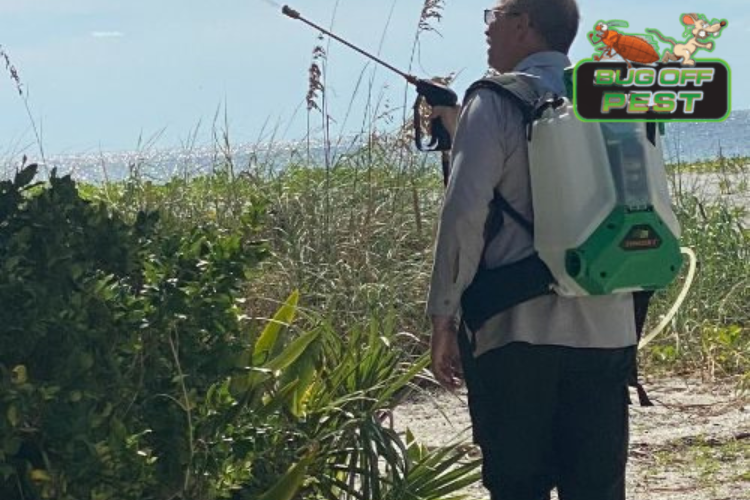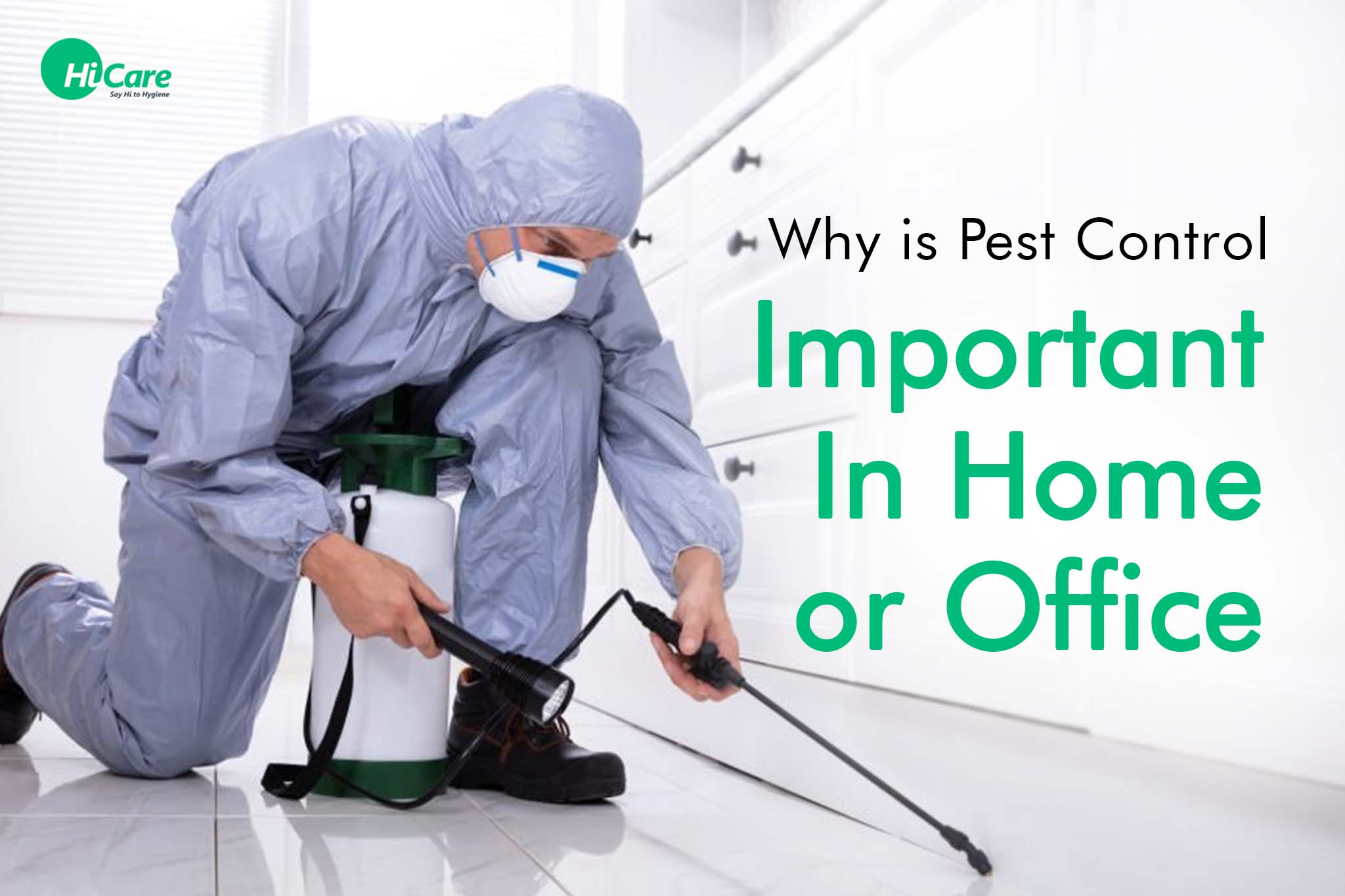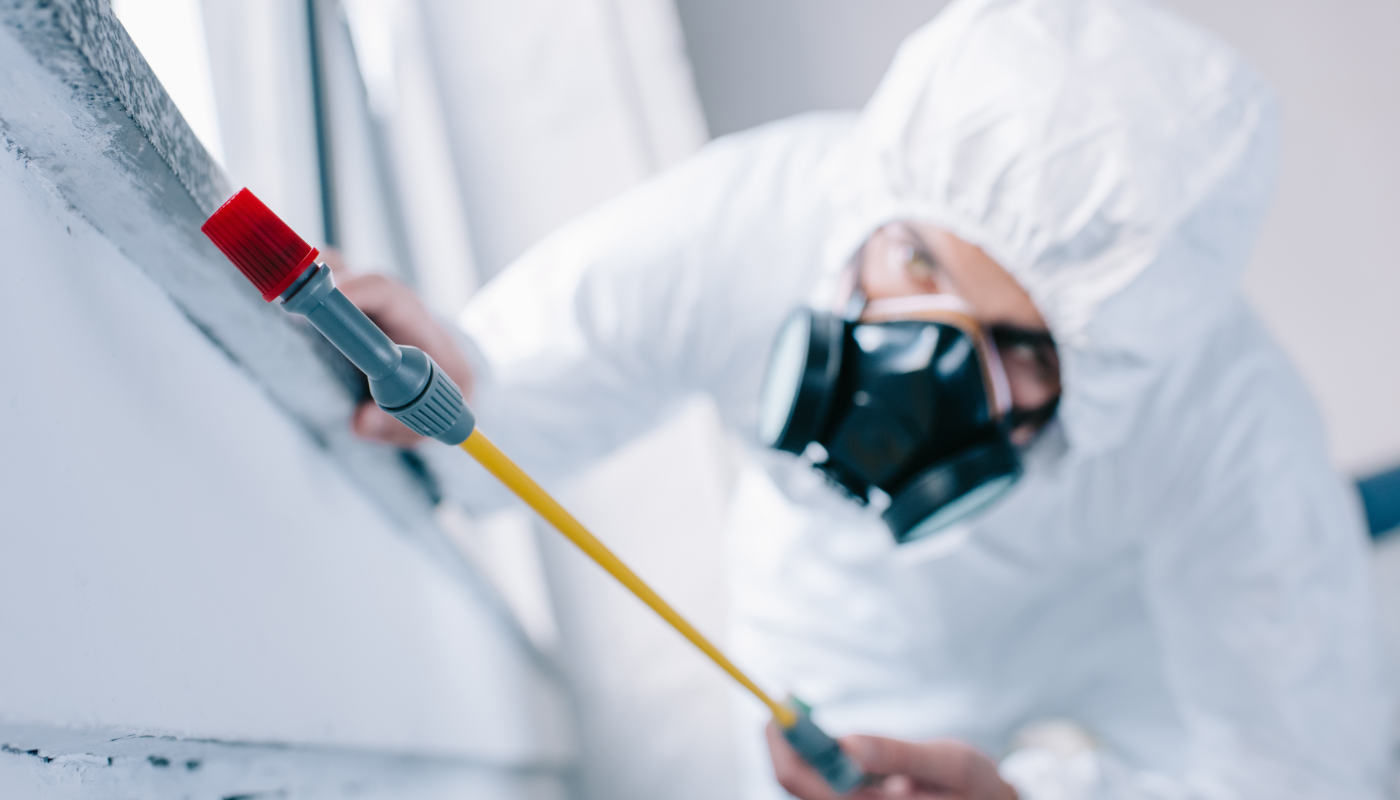Professional Mosquito Control Services for a Relaxed Outdoor Living Space
Discover the Latest Developments in Pest Control and Exactly How to Implement Efficient Treatment Solutions
In recent years, the field of parasite control has actually seen substantial advancements, driven by the demand for lasting and efficient treatment services. Cutting-edge approaches such as Integrated Bug Administration (IPM) combine green methods with sophisticated modern technology, improving both efficacy and environmental obligation.
Eco-Friendly Bug Control Options
In recent times, the need for environment-friendly pest control choices has risen as homeowners and businesses alike look for sustainable choices to standard chemical treatments. This change is driven by growing environmental recognition and a desire to decrease the wellness threats related to artificial chemicals.

Eco-friendly parasite control methods incorporate an array of methods that prioritize using all-natural substances and techniques. Integrated Bug Administration (IPM) is one such approach, incorporating biological, cultural, and mechanical strategies to take care of bug populations while minimizing reliance on chemicals (Wildlife removal services). This holistic method stresses prevention with habitat adjustment and the intro of natural killers, thus cultivating a balanced ecological community
One more popular alternative is making use of botanical chemicals derived from plants, which often tend to be less hazardous to non-target microorganisms. Products like neem oil and diatomaceous earth have obtained grip for their performance in managing pests while posturing minimal threats to human health and wellness and the setting.
Additionally, exclusion methods, such as securing entry points and preserving sanitation, play a vital duty in environmentally friendly parasite management. By embracing these lasting techniques, people and services can successfully take care of parasites while promoting a much healthier planet for future generations.
Smart Modern Technology in Parasite Management
Advancement is improving the landscape of bug monitoring, with clever technology becoming a critical force in enhancing performance and efficiency - Wildlife removal services. The assimilation of Net of Points (IoT) tools, expert system (AI), and data analytics is changing just how bug control specialists come close to problems
Smart catches furnished with sensors can identify parasite task in real-time, sending out instant notifies to operators. This allows for timely responses, minimizing damages and minimizing the requirement for comprehensive treatments. Additionally, AI formulas assess historic data to forecast parasite actions, allowing proactive treatments based upon environmental conditions and infestation patterns.
Drones and automatic cars are additionally playing a significant role in pest monitoring, supplying aerial evaluations of big areas, recognizing hotspots, and even dispersing targeted therapies. These innovations not only streamline procedures however also boost security by limiting human direct exposure to potentially dangerous chemicals.
Additionally, mobile applications encourage consumers to keep an eye on bug activity and gain access to expert suggestions, promoting a collaborative approach to pest administration. Overall, the fostering of smart innovation is setting a new requirement in pest control, highlighting data-driven choices and sustainable methods that inevitably profit both professionals and home owners alike.
Integrated Pest Administration Approaches
Integrated Insect Administration (IPM) employs an all natural method to pest control, incorporating different methods to effectively take care of pest populaces while reducing dangers to human wellness and the environment. IPM rotates around understanding the pest life cycle, their all-natural adversaries, and the community in which they prosper.
Among the fundamental components of IPM is checking pest populations with normal assessments and information collection. This enables the identification of insect limits, determining when intervention is about his required. Cultural methods, such as crop turning, environment, and hygiene adjustment, are essential in decreasing insect occurrence and promoting plant health.
Mechanical controls, consisting of catches and barriers, are likewise crucial in IPM. These techniques can physically eliminate or hinder bugs without the usage of chemicals. When needed, the cautious application of chemical controls is employed, focusing on targeted therapies that decrease environmental impact.
Education and cooperation among stakeholders, including farmers, pest control specialists, and the neighborhood, are crucial for the effective application of IPM techniques. By prioritizing lasting methods, IPM not only addresses pest concerns however additionally cultivates a healthier environment.
Biological Control Methods
Numerous biological control methods are progressively acknowledged for their effectiveness in managing pest populaces while promoting eco-friendly equilibrium. These approaches harness all-natural killers, parasites, and microorganisms to lower pest numbers without depending on artificial chemicals. For example, the intro of ladybugs can properly regulate aphid populaces, while nematodes target soil-dwelling insect larvae.
Furthermore, the usage of microbial chemicals, such as Bacillus thuringiensis (Bt), gives an eco friendly choice for handling caterpillar bugs. These items particularly target pest types, reducing damage to helpful insects and pollinators. Conservation biological control highlights boosting environments for all-natural enemies, such as birds and helpful pests, thus urging their visibility in farming systems.
Research continues to expose ingenious strategies within this field, such as using pheromones to interrupt pest breeding patterns or the growth of biocontrol agents with genetic modification. Applying these approaches can bring about lasting pest management practices that reduce the reliance on chemical interventions, inevitably cultivating much healthier ecosystems. As awareness of these techniques grows, they are ending up being important elements exterminators around me of incorporated bug monitoring (IPM) approaches, supplying a balance in between reliable bug control and ecological company website stewardship.
Do It Yourself Bug Control Solutions
As homeowners seek effective means to take on bug problems, do it yourself parasite control remedies have acquired popularity for their ease of access and cost-effectiveness. These methods equip individuals to address problems utilizing easily available products and techniques, typically without the demand for professional intervention.

In addition, preserving proper sanitation and normal inspections can avoid pest access and nesting (Wildlife removal services). Straightforward techniques, such as sealing cracks, eliminating food sources, and decluttering, can significantly diminish parasite populations. Catches, both homemade and readily offered, can also offer effective solutions for surveillance and regulating certain insects like rats or bugs

Verdict
The integration of environmentally friendly pest control alternatives, wise technology, and innovative monitoring techniques offers a thorough technique to effective parasite administration. By embracing Integrated Parasite Administration (IPM) and making use of organic control methods, along with DIY solutions, accountable and lasting pest control can be achieved. These advancements not just improve the performance of insect monitoring methods yet likewise add to a much healthier environment. Executing these techniques cultivates a balanced ecological community while efficiently resolving pest populations.
Environmentally friendly insect control methods encompass a variety of methods that prioritize the use of all-natural substances and practices. Integrated Bug Monitoring (IPM) is one such approach, integrating biological, cultural, and mechanical techniques to handle bug populaces while reducing reliance on chemicals. As awareness of these techniques grows, they are becoming essential elements of incorporated pest monitoring (IPM) approaches, using an equilibrium in between reliable parasite control and environmental stewardship.
The integration of eco-friendly pest control alternatives, clever modern technology, and cutting-edge monitoring approaches offers a thorough technique to efficient insect management. By accepting Integrated Pest Management (IPM) and making use of biological control approaches, along with Do it yourself options, sustainable and responsible insect control can be achieved.